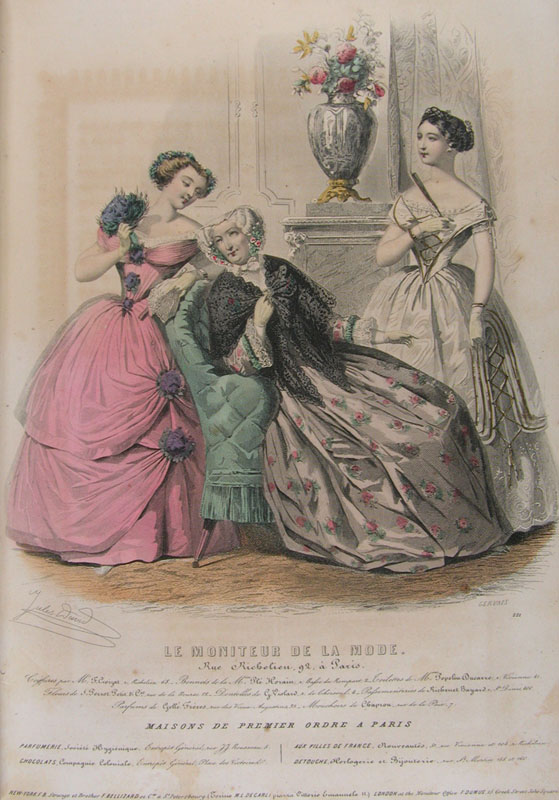
Bill Berkson
Join us tomorrow, October 14, at 4:00pm for a reading by poet, critic, small press publisher and sometime curator Bill Berkson. The event marks a recent addition of Berkson manuscripts and personal papers to the Dodd Research Center’s literary collections and Berkson’s recently published book of poetry Portrait and Dream: New & Selected Poems (Coffee House Press, 2009).
The Dodd Research Center holds the comprehensive archive of Bill Berkson’s papers, including literary manuscripts, letters, records of his small press Big Sky, photographs, broadsides, and rare publications. The archive spans from 1960 to the present day and documents the poet’s remarkable body of work, his collaborations in and among the realms of visual art, media, and literature, and his affinities with poets and poetics of the New York School.
The event is free and open to the public. Students, faculty and staff are welcome. An exhibit of materials from the Berkson papers will be on display. Refreshments immediately following. Contact Melissa Watterworth, Curator of Literary Collections, for more information.













